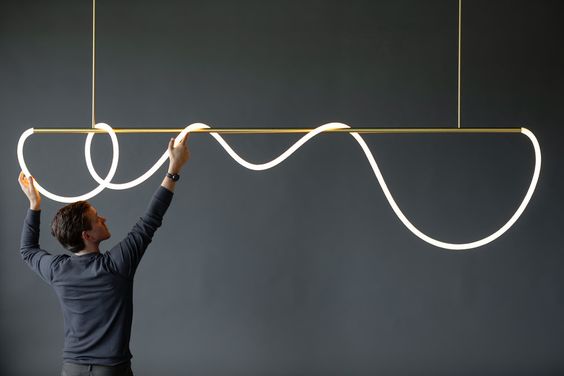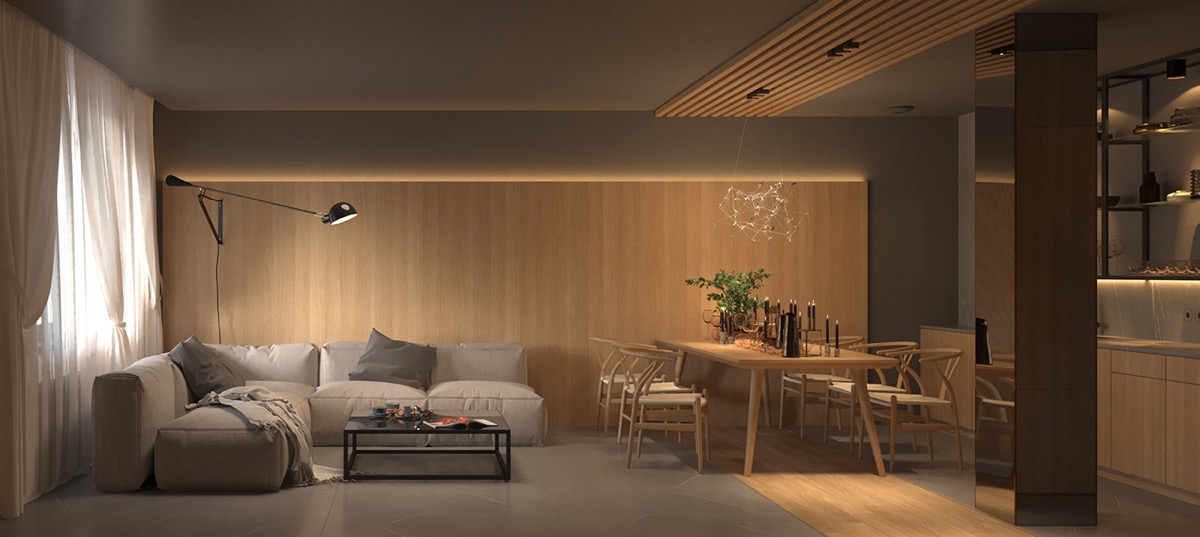In summary, focusing on lighting as an interior architect involves a comprehensive approach that takes into account both aesthetics and functionality. Thoughtful lighting design can transform a space, making it more inviting, efficient, and harmonious.
- Understand the Purpose: Before selecting lighting fixtures, it's essential to understand the purpose of the space. Different areas within a building have varying lighting needs. For example, task lighting is crucial in workspaces, while ambient lighting may be more important in a living room.
- Natural Light: Maximize the use of natural light whenever possible. Large windows, skylights, and strategically placed openings can bring in daylight, reducing the need for artificial lighting during the day. Natural light also enhances the connection to the outdoors.
- Layered Lighting: Create a well-balanced lighting scheme by incorporating multiple layers of light. These layers typically include ambient, task, and accent lighting. This approach allows for flexibility and can adapt to different activities and moods within a space.
- Fixture Selection: Choose lighting fixtures that align with the overall design concept. The style, size, and finish of fixtures should complement the interior design. Consider both decorative and functional fixtures, such as chandeliers, pendants, sconces, and recessed lights.
- Light Temperature: Pay attention to the color temperature of light sources. Warm white light (around 2700-3000 Kelvin) can create a cozy atmosphere in residential spaces, while cooler white light (around 4000-5000 Kelvin) is often preferred in work and retail environments for its more energizing effect.
- Energy Efficiency: Incorporate energy-efficient lighting solutions to reduce environmental impact and operational costs. LED (Light Emitting Diode) lighting is a popular choice due to its long lifespan and low energy consumption.
- Control Systems: Implement lighting control systems, including dimmers and smart lighting, to provide flexibility and customization. These systems can adapt to changing needs and enhance energy efficiency.
- Lighting for Visual Comfort: Ensure that lighting is comfortable for occupants. Avoid glare and harsh shadows, as they can be distracting and uncomfortable. Use diffusers, baffles, and well-designed layouts to mitigate these issues.
- Highlight Architectural Features: Use lighting to accentuate architectural elements, such as columns, arches, or textured walls. This adds depth and visual interest to the space.
- Lighting Design Software: Consider using lighting design software to simulate and visualize the effects of different lighting schemes before finalizing your design. This can help you make informed decisions and achieve the desired lighting outcomes.
- Regulatory Compliance: Be aware of local building codes and regulations related to lighting, including energy efficiency requirements and safety standards.
- Maintenance and Longevity: Select lighting fixtures and systems that are easy to maintain and repair. This ensures that the lighting design remains effective and attractive over time.

